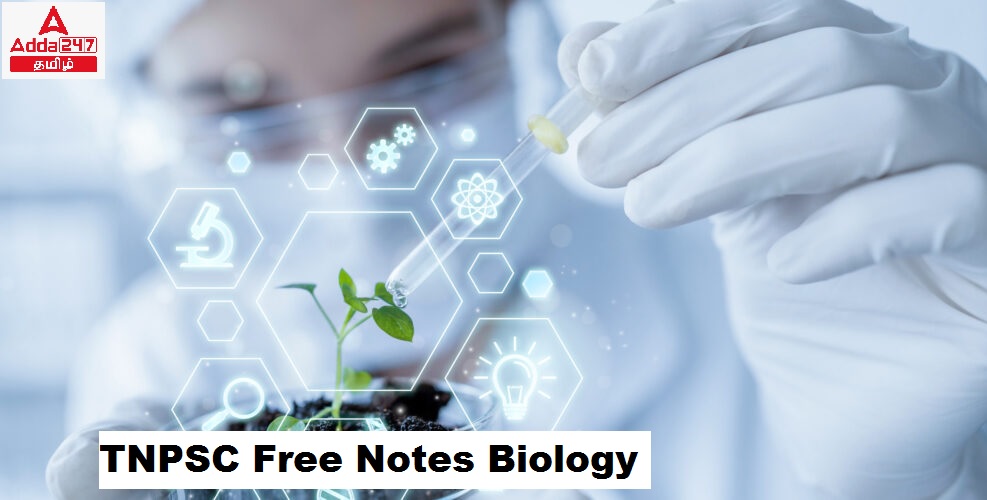இந்தக் கட்டுரையில், TNPSC குரூப் 1, குரூப் 2, குரூப் 2A, குரூப் 4 மாநிலப் போட்டித் தேர்வுகளான TNUSRB, TRB, TET, TNEB போன்றவற்றுக்கான முறைகள் இலவசக் குறிப்புகளைப் பெறுவீர்கள்.தேர்வுக்கு தயாராவோர் இங்குள்ள பாடக்குறிப்புகளை படித்து பயன்பெற வாழ்த்துகிறோம்.
Human Reproductive System
• The reproductive systems of male and female consist of many organs which are
distinguished as primary and secondary sex organs.
• The primary sex organs are gonads, which produce gametes (sex cells) and
secrete sex hormones.
Male Reproductive System Human male reproductive system consists of testes
(primary sex organs), scrotum, vas defe rens, urethra, penis and accessory glands.
Testes:
• A pair of testes lies outside the abdominal cavity of the male. These testes are the
male gonads, which produce male gametes (sperms) and male sex hormone
(Testosterone).
• Along the inner side of each testis lies a mass of coiled tubules called epididymis.
• The Sertoli cells of the testes provide nourishment to the developing sperms.
• The accessory glands of the male reproductive system include the paired seminal
vesicles and bulbourethral glands also called Cowper’s gland and a single prostate
gland.
• Each testis is covered by an outermost fibrous tunica albuginea
Factors controlling spermatogenesis:
• FSH of pituitary gland stimulates and controls spermatogenesis.
• It acts on sertoli cells to facilitate last stages of maturation of spermatids.
• It further stimulates the production of androgens such as testosterone.
• The temperature of testes should be maintained at 32 degrees celsius for an
effective production of spermatozoa.
Spermatozoa
• Each mature spermatozoan is a motile cell.
• It has an oval flat head having an acrosome and a large nucleus containing
chromosomal material.
• The head is followed by a short neck, a body (middle piece) and a long tail.
• The middle piece contains spiral mitochondrial sheaths which are the site of
energy production.
• The tail has a main piece and an end piece.
Hormonal control:
Male reproductive function is controlled by several hormones. The hypothalamus
of the brain controls the release of FSH and LH through its releasing factors.
• FSH and LH stimulate the gonads. Hence the gonads produce sperms and secrete
the hormone, testosterone.
• Testosterone controls further male reproductive functions.
• It also helps to develop and maintain secondary sexual characters, such as
enlargement of larynx, deepening of voice, growth of hair and other adolescent
changes.
Female Reproductive System
The female reproductive system consists of ovaries (primary sex organs), oviducts,
uterus and vagina.
Ovum
• A pair of almond-shaped ovaries is located in the lower part of abdominal cavity
near the kidneys in female.
• The ovaries are the female gonads, which produce female gametes (eggs or ova)
and secrete female sex hormones (Oestrogen and Progesterone).
Structure of ovum
• Human ovum is non-cleidoic, alecithal and microscopic in nature.
• Its cytoplasm called ooplasm contains a large nucleus called the germinal vesicle.
• The ovum is surrounded by three coverings namely an inner thin transparent
vitelline membrane, middle thick zona pellucida and outer thick coat of follicular
cells called corona radiata.
• Between the vitelline membrane and zona pellucida is a narrow perivitelline
space.
**************************************************************************
| Adda247 TamilNadu Home page | Click here |
| Official Website=Adda247 | Click here |




